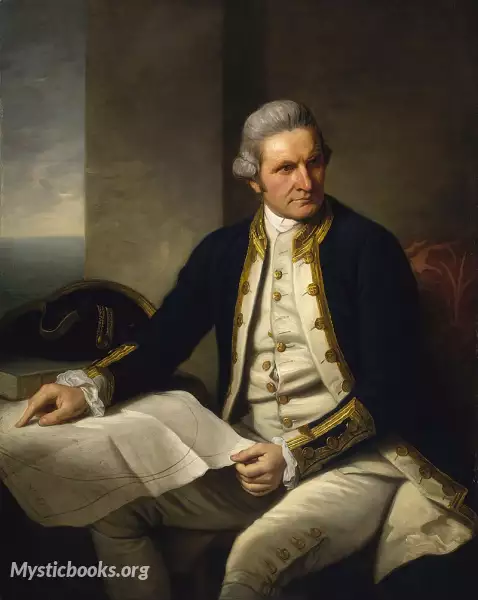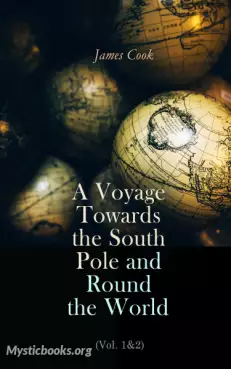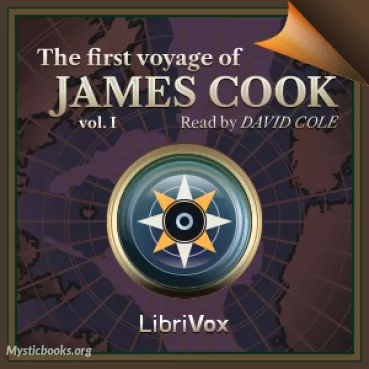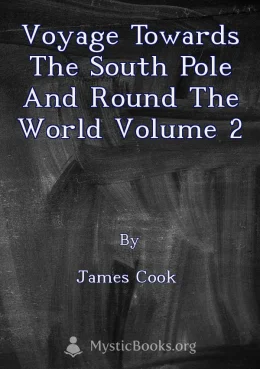
Timeline
Title
Country/Nationality
James Cook
James Cook was a British explorer, navigator, cartographer, and captain in the British Royal Navy, famous for his three voyages between 1768 and 1779 in the Pacific Ocean and to New Zealand and Australia in particular. He made detailed maps of Newfoundland prior to making three voyages to the Pacific, during which he achieved the first recorded European contact with the eastern coastline of Australia and the Hawaiian Islands, and the first recorded circumnavigation of New Zealand.
Cook joined the British merchant navy as a teenager and joined the Royal Navy in 1755. He saw action in the Seven Years' War and subsequently surveyed and mapped much of the entrance to the St. Lawrence River during the siege of Quebec, which brought him to the attention of the Admiralty and the Royal Society. This acclaim came at a crucial moment for the direction of British overseas exploration, and it led to his commission in 1766 as commander of HMS Endeavour for the first of three Pacific voyages.
James Cook was born on 7 November 1728 (NS) in the village of Marton in the North Riding of Yorkshire and baptised on 14 November (N.S.) in the parish church of St Cuthbert, where his name can be seen in the church register. He was the second of eight children of James Cook (1693–1779), a Scottish farm labourer from Ednam in Roxburghshire, and his locally born wife, Grace Pace (1702–1765), from Thornaby-on-Tees. In 1736, his family moved to Airey Holme farm at Great Ayton, where his father's employer, Thomas Skottowe, paid for him to attend the local school. In 1741, after five years' schooling, he began work for his father, who had been promoted to farm manager. Despite not being formally educated he became capable in mathematics, astronomy and charting by the time of his Endeavour voyage. For leisure, he would climb a nearby hill, Roseberry Topping, enjoying the opportunity for solitude. Cooks' Cottage, his parents' last home, which he is likely to have visited, is now in Melbourne, Australia, having been moved from England and reassembled, brick by brick, in 1934.
In 1745, when he was 16, Cook moved 20 miles (32 km) to the fishing village of Staithes, to be apprenticed as a shop boy to grocer and haberdasher William Sanderson. Historians have speculated that this is where Cook first felt the lure of the sea while gazing out of the shop window.
After 18 months, not proving suited for shop work, Cook travelled to the nearby port town of Whitby to be introduced to Sanderson's friends John and Henry Walker. The Walkers, who were Quakers, were prominent local ship-owners in the coal trade. Their house is now the Captain Cook Memorial Museum. Cook was taken on as a merchant navy apprentice in their small fleet of vessels, plying coal along the English coast. His first assignment was aboard the collier Freelove, and he spent several years on this and various other coasters, sailing between the Tyne and London. As part of his apprenticeship, Cook applied himself to the study of algebra, geometry, trigonometry, navigation and astronomy—all skills he would need one day to command his own ship.
Cook attempted to resume his exploration of the northern Pacific. Shortly after leaving Hawaii Island, however, Resolution's foremast broke, so the ships returned to Kealakekua Bay for repairs.
Tensions rose, and a number of quarrels broke out between the Europeans and Hawaiians at Kealakekua Bay, including the theft of wood from a burial ground under Cook's orders. An unknown group of Hawaiians took one of Cook's small boats. The evening when the cutter was taken, the people had become "insolent" even with threats to fire upon them. Cook attempted to kidnap and ransom the King of Hawaiʻi, Kalaniʻōpuʻu.
The following day, 14 February 1779, Cook marched through the village to retrieve the king. Cook took the king (aliʻi nui) by his own hand and led him away. One of Kalaniʻōpuʻu's favourite wives, Kanekapolei, and two chiefs approached the group as they were heading to the boats. They pleaded with the king not to go. An old kahuna (priest), chanting rapidly while holding out a coconut, attempted to distract Cook and his men as a large crowd began to form at the shore. At this point, the king began to understand that Cook was his enemy. As Cook turned his back to help launch the boats, he was struck on the head by the villagers and then stabbed to death as he fell on his face in the surf. He was first struck on the head with a club by a chief named Kalaimanokahoʻowaha or Kanaʻina (namesake of Charles Kana'ina) and then stabbed by one of the king's attendants, Nuaa. The Hawaiians carried his body away towards the back of the town, still visible to the ship through their spyglass. Four marines, Corporal James Thomas, Private Theophilus Hinks, Private Thomas Fatchett and Private John Allen, were also killed and two others were wounded in the confrontation.
Books by James Cook

A Voyage Towards the South Pole and Round the World
Having, on his first voyage, discovered Australia, Cook still had to contend with those who maintained that the Terra Australians Incognita (the unknown Southern Continent) was a reality. To finally settle the issue, the British Admiralty sent Cook o...

The First Voyage of James Cook Volume 1
Embark on an awe-inspiring journey across uncharted seas in "The First Voyage of James Cook Volume 1." Set sail with the legendary Captain James Cook, a master navigator and explorer, as he leads an expedition of scientific discovery and cultural rev...

Voyage Towards the South Pole and Round the World Volume 1
James Cook's *Voyage Towards the South Pole and Round the World, Volume 1* chronicles his second major expedition, undertaken to definitively prove or disprove the existence of a vast Southern Continent. Equipped with a revolutionary chronometer, Coo...

Voyage Towards the South Pole and Round the World Volume 2
This volume recounts the second leg of Captain James Cook's extraordinary journey around the world. Having debunked the myth of a vast southern continent, Cook charts a course back to England, navigating through the Pacific islands, encountering new...

First Voyage of James Cook Volume 2
This volume recounts the second part of James Cook's first voyage, focusing on his exploration of the east coast of Australia. After circumnavigating New Zealand, Cook sailed westward, making landfall at Botany Bay where he attempted, but failed, to...

Third Voyage of James Cook, Volume 1
This first volume of Captain James Cook's third voyage chronicles the initial stages of his ambitious expedition, focusing on his journey to the Pacific Ocean. The voyage aimed to return Omai, a Tahitian native, to his homeland while pursuing the elu...